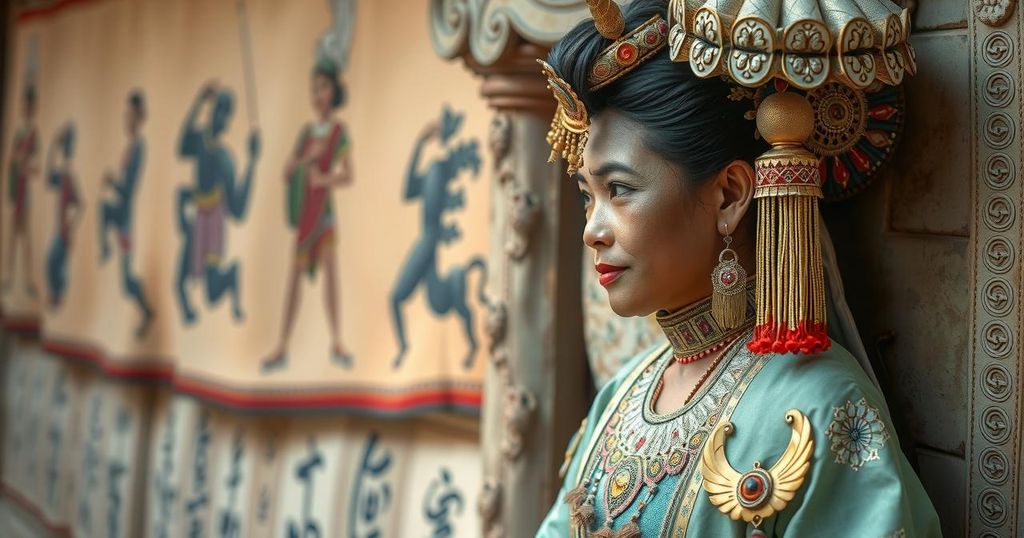This article discusses the significant role of artificial intelligence in the cultural sector, emphasizing its capacity for digitization and heritage preservation. It highlights successful global applications, particularly in museums, demonstrating how AI enhances visitor experiences and enables historical reconstructions. The piece advocates for a balanced view of AI as a tool for cultural innovation rather than a threat, underscoring the importance of cautious adoption within Egypt’s cultural institutions.
Artificial intelligence (AI) holds transformative potential within the cultural sector, particularly in heritage preservation and digitization. Far from impeding the creative process, as suggested by author Joanna Maciejewska, AI should be a facilitator, enabling artists to focus on creativity while handling mundane tasks. Current innovations include laser scanning fragile manuscripts, creating 3D models of historical landmarks, and using virtual reality to enhance the safeguarding of world heritage sites. Furthermore, AI’s analytical capabilities can reconstruct historical artifacts and resurrect endangered languages, thereby preserving cultural identities.
Globally, the integration of AI within cultural institutions is on the rise. For instance, in Italy, AI tools have assisted in restoring a fresco in Florence, while predictive analytics enhance the planning of cultural events in the UK. Singapore’s initiative to colorize historical photographs signifies the diverse applications of AI. During my visit to museums in the United States, I noted an increasing reliance on immersive technologies—such as virtual and augmented reality—which enrich the visitor experience and make historical narratives more relatable.
In Egypt, while AI’s capabilities are evident in exhibitions like the interactive Tutankhamun display, there remains untapped potential. AI could revolutionize how hieroglyphic inscriptions are interpreted, enable multilingual visitor engagement, and convert texts into accessible audio formats. It is essential to recognize AI as an opportunity rather than a threat, particularly in light of discussions around its various forms—Narrow AI, General AI, and Super AI, with the latter two still fictional concepts. Therefore, embracing AI’s capabilities necessitates a balanced and cautious perspective.
Artificial Intelligence (AI) has become a pivotal element across various sectors, including cultural heritage. The application of AI can revolutionize how we preserve and interact with our cultural past. This encompasses a broad range of technologies that facilitate the documentation, reconstruction, and interpretation of historical artifacts and sites. AI’s role in digitization not only broadens access to cultural treasures but also enhances the long-term preservation of these assets for future generations.
In conclusion, AI presents considerable promise in transforming the cultural landscape, particularly in preserving heritage and enhancing visitor experiences in museums. By focusing on the facilitative role of AI, institutions can leverage technology to safeguard cultural identities, engage audiences more deeply, and create immersive environments that breathe life into historical narratives. Embracing AI thoughtfully can foster opportunities for cultural innovation and preservation without compromising the creative processes at the core of artistic expression.
Original Source: www.dailynewsegypt.com







